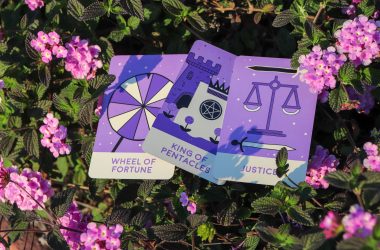Hardly anyone touches a CD or a record anymore.
Music is no longer tangible. Now, a song is a file downloaded or streamed from a website online.
Unfortunately, streaming music online has become the most popular way of grabbing hold of an album or song.
Using sites like Spotify and the newly released, artist-owned Tidal, stop people from fully appreciating an artist or band.
Artists create their albums as a piece of art. They put the songs in a certain order for a reason. They choose, create and contribute to the art. It is meant to be a visual, auditory, intellectual and visceral experience.
Music streaming sites give people an outlet to listen to an eclectic array of artists and bands that allow their music to be streamed online for a monthly fee, but they are not getting the full experience.
According to Rhapsody, it was the first ever online music streaming service, opening in 2001. In 2011 it reached 750,000 subscribers and held 11,000,000 songs. Its monthly fee continued to be $9.99.
Today, over 15 million paid-users subscribe to Spotify, which offers over 30 million songs.
Earlier this year, revenue from music streaming sites “surpassed CD sales for the first time in history,” according to a Fortune magazine article.
Countering the monthly $10 dues of Spotify, Tidal and Deezer, both released in March of this year, charge $20 and $14.99 for a monthly subscription.
A band’s success comes from economic rewards. Gigs, tours and album sales provide bands with the funds they need to keep playing music and to grow.
Streaming music bites the hand that feeds, or moreover, crushes the hand completely with a steamroller. Purchasers of music disregard their buying habits when choosing to visit these sites.
The monthly fee for music streaming sites do not provide the amount of revenue that comes from CD, iTunes and concert tickets; people go to shows and visit iTunes all of the time.
Streaming has also weakened the already declining old-fashioned tradition of walking into a Best Buy or trendy record store and physically buying music.
Music streaming sites provide easy access to songs and albums without listeners having to “break the bank” over a CD that costs $11 or more. They also give willing artists a platform to showcase themselves.
But take away these streaming platforms and we are left with Facebook, band-made websites, Twitter feeds and Instagram galleries. These sites are just as effective platforms as online music streaming sites – maybe even more so.
But what about YouTube and Internet radio?
YouTube and Pandora egg on new and old fans. They push people to want to hear more, or better yet, to buy a song or two from a band or an artist that they’ve discovered on Internet radio or social media sites.
Jay-Z, who co-owns Tidal, urges fans to start respecting the music.
“[People are] devaluing [music] and devaluing what it really means,” he told Billboard magazine. “People really feel like music is free, but will pay $6 for water.”
Yes, Tidal is artist-owned, asks listeners for more money each month and offers a higher quality sound. But it still takes away from the music-purchasing experience like any other music-streaming site.
If music streaming continues to expand, concerts, meet and greets, in-store performances and music festivals will begin to fade away.
Like the rest of our lives, music would solely be experienced online, taking away the artist-to-fan personal and physical connection that comes from dancing in the middle of a crowd, singing from a stadium seat or shaking a band member’s hand after a gig.
So try to balance your online streaming with some real world gigging and old school album listening. Records are the new mp3.



